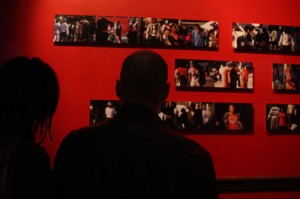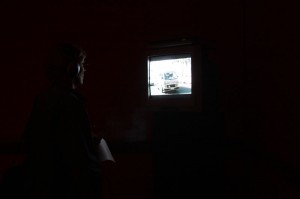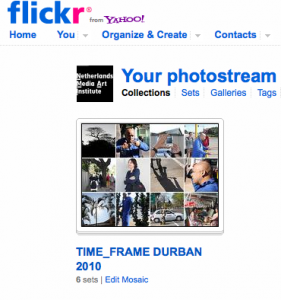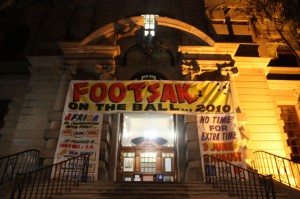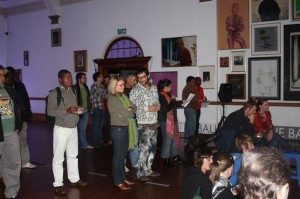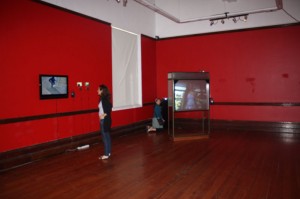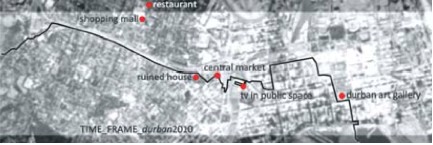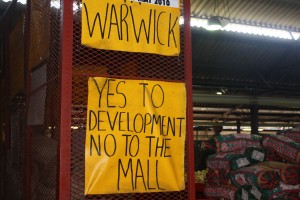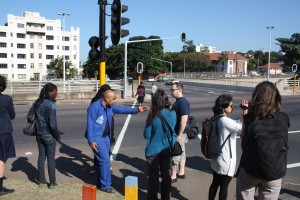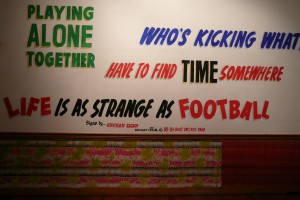untitled streetview by Walter Langelaar (NL)
In relation to the ‘City Walk’ initiative and in anticipation of doing
one of these walks ourselves with Doung and Rike, Walter decided to prepare
for some mobile exploration of Durban’s aether; meaning he was interested in seeing how
wireless fidelity (WIFI) would be spread around the city of Durban, and what conclusions could
be drawn from the data when moving from ‘white suburbia’ into the areas which are generally
understood to be ‘no-go zones’.
Over the course of collecting the data, via a mobile Android device with
WIFI and GPS enabled, differenty interesting topics came up when
discussing the layout, and access to technology in general in SA with
people in the project group. It turned out that because of the FIFA
World Cup event, Google had put it’s view on the country as well -
resulting in large scale mapping efforts for the Google Street View and
Maps application, and many added 3D renderings of buildings and sites in
the cities where the matches were to be played…
Having worked with similar Google tech and API’s (from a critical
perspective) before, he decided to dissect their recent practices around
Durban and turn this into a visual work – which to him made total sense
as opposed to all the fairly general ‘FIFA-bashing’ that went on, since
obviously a big multinational (or should that be ‘online’?) player like
Google also brings with it it’s own politics and dubious decisions.
The resulting work in the Durban Art Gallery shows a story of two people
in Durban’s newly built football stadium. It follows a young, white male
and female, both wearing Google t-shirts, moving around the stadium
taking pictures – all recorded via the Google Street View application.
Interestingly, the narrative is coloured by the fact that the Street
View technology, and it’s interface limitations, clearly depicts a
suspicious desire of the camera-person to stay focused on the Google
employees, instead of also engaging with the local, native SA workers
that can be seen viewing the spectacle all around the stadium.
As an installation this video-narrative was combined with two additional
screen which show online articles and websites, dealing with
controversies surrounding Google’s move into South Africa…










